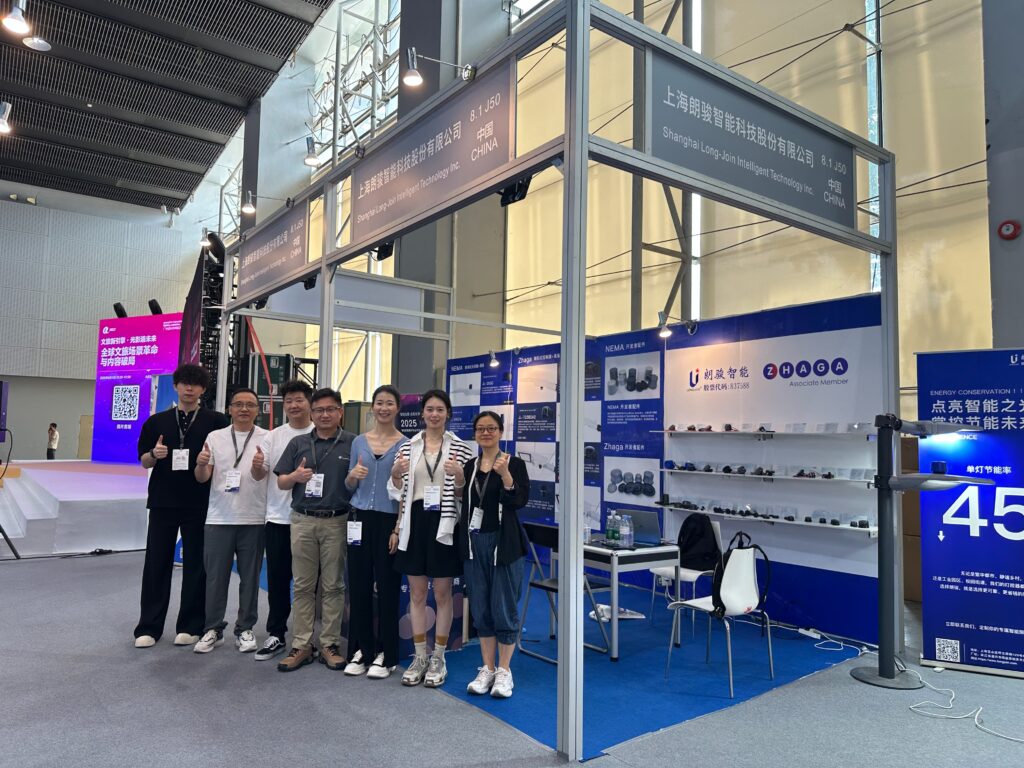Outline
- Introduction
- Core Features of the UM9000 System
- Zigbee and NB-IoT Support
- Remote Monitoring and Control
- Fault Detection and Alerts
- Energy Consumption Reporting and Analysis
- Advantages of the UM9000 System
- Versatile Communication Options
- Operational Cost Reduction
- Intelligent Energy Management
- Application Prospects
- Infrastructure for Smart Cities
- Key Tool for Energy Conservation
- Customer Flexibility
- Multiple Communication Options
- Cost-Effective Solutions
- Final Words
In modern cities, street lighting is more than just a utility. It plays a pivotal role in safety, security, and energy management. While traditional lighting systems struggle to meet the demands of efficiency, adaptability, and environmental responsibility, smart street lighting solutions, like the UM9000, offer a way forward.
By leveraging advanced technologies, these systems enhance operational efficiency and contribute to the broader goals of a smart city.
This article will be a detailed guide exploring the core features, advantages, and application prospects of UM9000.

Core Features of the UM9000 System
Zigbee and NB-IoT Support
The UM9000 system integrates Zigbee and NB-IoT communication technologies, ensuring versatile deployment across various urban scenarios. Zigbee’s mesh topology supports efficient, short-range, low-power communication, which is ideal for densely packed urban areas.
At the same time, NB-IoT offers extensive range and robust connectivity for broader citywide networks. Cities like Copenhagen leverage similar technologies in their smart lighting systems, achieving substantial energy savings and improved connectivity even in challenging environments.
Remote Monitoring and Control
Coupled with a Smart IOT lighting control system, the UM9000 system can monitor and control streetlights remotely, enabling real-time adjustments for dimming, scheduling, or switching based on environmental factors or energy-saving goals.
Such systems also allow integration with other urban management platforms, creating synergy in smart city infrastructure.
Fault Detection and Alerts
The system is equipped with automated fault detection and notification capabilities, minimizing downtime and ensuring reliable lighting. Through precise diagnostics, operators can swiftly address issues such as lamp failures or power anomalies.
Energy Consumption Reporting and Analysis
Efficient reporting is critical for lighting setups. The UM9000 provides detailed reports on energy usage, enabling data-driven decisions for reducing consumption. Advanced analytics support predictive maintenance and optimization of energy usage patterns.
Singapore, for instance, has utilized energy reporting tools in its smart lighting projects to achieve over 0.124 million kilowatt-hours of energy savings while enhancing sustainability.
Advantages of the UM9000 System

Versatile Communication Options
The UM9000 support for Zigbee and NB-IoT communication technologies provides flexibility for diverse urban infrastructures. Zigbee excels in dense city areas with short-range, high-bandwidth demands, while NB-IoT is ideal for long-range coverage in sprawling urban environments.
This dual compatibility allows seamless integration across different lighting setups, reducing the need for significant infrastructure upgrades. The system’s adaptability has been demonstrated in various smart city projects, enabling efficient communication even in challenging environments.
Operational Cost Reduction
With real-time remote monitoring and control, the UM9000 reduces the need for frequent on-site maintenance. Fault detection capabilities pinpoint issues immediately, allowing targeted repairs and minimizing downtime.
Cities employing smart lighting systems have reported energy savings of 50%- 70% and a 20%- 40% reduction in maintenance costs, as seen in Barcelona and other leading smart cities.
These reductions directly translate into operational savings, ensuring a quick return on investment.
Intelligent Energy Management
The UM9000 enables dynamic energy use adjustments, such as dimming lights during low-traffic hours. This capability conserves energy and reduces CO₂ emissions.
Smart lighting initiatives globally, such as those in Los Angeles, have reduced annual electricity costs by millions while significantly cutting carbon footprints. These eco-friendly benefits align with global sustainability goals, making the system a valuable tool for green urban development.
Application Prospects
Infrastructure for Smart Cities
The UM9000 system aligns seamlessly with the expanding smart city infrastructure by integrating street lighting into broader urban management platforms. Its ability to support IoT frameworks allows for real-time data sharing between lighting systems, traffic monitoring, and public safety networks.
Cities like San Francisco and Chicago have implemented similar integrations, leveraging data analytics to enhance energy management and security. For example, Chicago’s “Array of Things” uses connected devices to adjust streetlights based on traffic and weather, improving efficiency while cutting costs.
Key Tool for Energy Conservation
Energy efficiency remains a core priority for modern cities. The UM9000 system contributes by enabling adaptive dimming and energy use optimization, reducing unnecessary consumption. These capabilities make such systems essential for cities striving to meet sustainability targets, such as achieving net-zero emissions or increasing renewable energy adoption.
Customer Flexibility
Multiple Communication Options
The flexibility of the UM9000 system ensures compatibility with different infrastructure requirements, such as high-density urban areas and remote locations with weak network signals. Cities integrating smart streetlights with real-time data transmission and monitoring benefit from NB-IoT’s deep penetration and low power consumption.
At the same time, Zigbee offers reliable performance in tightly connected urban grids. These options enable municipalities to tailor solutions for their specific challenges and operational goals.
Cost-Effective Solutions
The system streamlines installation by reducing dependency on extensive wiring and expensive infrastructure upgrades. Its ability to remotely manage, monitor, and update firmware minimizes the need for physical maintenance, significantly lowering labor costs and downtime.
For example, leveraging automated diagnostics and alerts for fault detection ensures rapid issue resolution without costly on-site interventions.
These cost efficiencies not only make the system attractive to budget-conscious municipalities but also support long-term savings by optimizing energy usage and reducing operational overheads.

Final Words
The UM9000 Smart Street Lighting Management System exemplifies how technology can revolutionize urban lighting by enhancing efficiency, reducing costs, and contributing to sustainability goals. For municipalities seeking reliable and cutting-edge solutions, Chi-Swear offers a proven track record of delivering high-quality smart lighting systems.
External Links
- https://en.wikipedia.org/wiki/Zigbee
- https://en.wikipedia.org/wiki/Narrowband_IoT
- https://www.construction21.org/infrastructure/h/smart-sustainable-and-economical-lighting-in-copenhagen.html
- https://www.straitstimes.com/singapore/transport/smart-light-system-to-be-installed-on-cycling-paths-overhead-bridges-at-bus-stops-by-mid-2025
- https://ajuntament.barcelona.cat/ecologiaurbana/en/services/the-city-works/maintenance-of-public-areas/energy-management/street-lighting-management
- https://lalights.lacity.org/connected-infrastructure/led_program.html
- https://arrayofthings.github.io/






